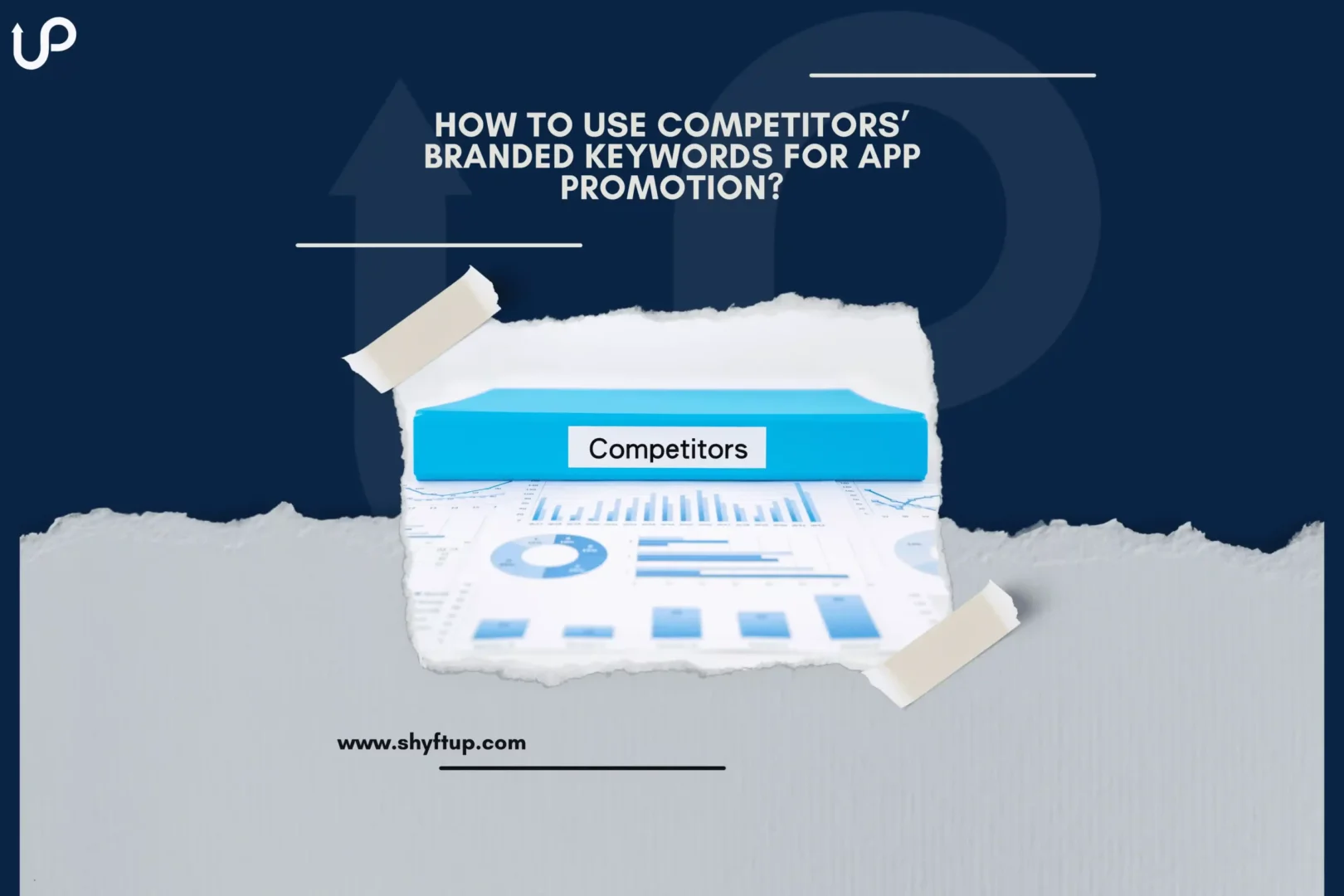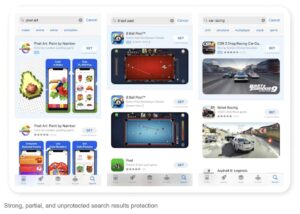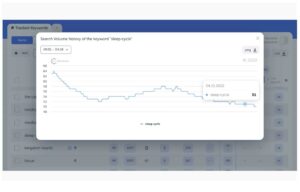
How to Use Competitors’ Branded Keywords For APP Promotion?
The guest post from the Checkaso team, experts in ASO (App Store Optimization) and mobile marketing.
Is it worth using competitors’ branded keywords? There is no definite answer to this question. There are pros and cons of using the branded keywords of others in your ASO (App Store Optimization) strategy. Let’s look at all the pitfalls and outline possible approaches.
Disadvantages of using branded keywords
First of all, is it worth using competitors’ branded keywords? There is no definite answer to this question. There are pros and cons of using the branded keywords of others in your ASO (App Store Optimization) strategy.
One of the disadvantages is a low conversion rate. The chance of getting installed for a branded keyword is extremely low. Users specifically search for a particular app and 95% of the time they will definitely download it.
Also, there is a possibility (small, but still) that the app store will block you. According to guidelines from the Apple and Google:
- You can’t add a third-party mark into the text metadata (title, subtitle, keyword field, and description on the App Store and Google Play (title, subtitle; short description, and full description).
- You can’t add a third-party mark on screenshots or a preview.
What happens if you break the rules? You will most likely receive a warning asking you to remove keywords from the metadata or rejecting an app update. Banning an app is a very rare scenario.
Advantages of using branded keywords
One effective method is to try ASA (Apple Search Ads). By running ads on a competitor’s branded keywords, you get relevant users in the first place. Since you pay only per click, then most likely the interested users will click, and further conversion depends on your metadata and what you are ready to offer the user.
Usually, Apple Search Ads are used to attract users and collect data. But there are cases when launching campaigns for the sole purpose of protecting your branded queries.
The fact is that through ASA it’s possible to promote an app through competitive branded keywords. This means that competitors can do the same as well. Imagine a user searching for your app and being shown someone else’s app first. This is why many apps use ASA precisely to protect their brand.
It helps reduce customer churn. Therefore, it is possible to partially cannibalize organic search traffic. One channel (Apple Search Ads) can partially reduce traffic from another channel (from organic search). Traffic cannibalization is a topic for a separate article. The main thing to understand is that you can and should protect your brand with ASA.
Another advantage is that you’re basically promoting yourself to potential users. People looking for your competitors will see your app and be aware of it. But you have to realize that many brands also buy placement for their own keywords for which they are already at the top, in order to prevent competitors from doing so. And they are willing to pay a lot for it, so the bids on such keywords can be very high.
A recent change. The App Store has changed the output for branded keywords. Now screenshots are shown only for the app that comes first in search results, and only icons for the others. Moreover, it seems that there is advertising in the first place. The organic first place will not have screenshots either.
How to work with competitors? 4 methods
1. Protect your brand. You can register your trademark and actively respond to unfair practices by competitors (for example, someone rudely trying to copy you) by sending complaints to app stores. Use these forms to claim here for Google Play and the App Store.
2. Do ASO. Ranking by your brand name alone in the current environment means being cut-throat. Often branded queries are common words (generic keywords), and their use is not restricted in any way.
On Google Play you can pay more attention to generic ones that are part of search phrases with branded keywords. Add them to the description.
There is one more handy tip. Check the app store suggestions for branded keywords with typos and errors. Users often use incorrect variants, so there can be organic traffic. You can add such queries to the keyword field on App Store.
3. Use ASA. As we noticed above it’s worth it. Ads rank high in search results and have a good conversion rate due to their natural look. If you don’t advertise, then your competitors do.
4. Use supporting apps. More and more companies create additional ones, as a rule, to split the functions. It can redirect traffic. For example, Facebook Inc. has the Messenger app. Guess what? That comes right after it in the search results.
‘Sleep cycle’ is a common phrase that is both a branded query. Check the Search Volume (Popularity) of the keywords selecting the most relevant keywords. Checkaso ASO platform.
Branded keyword metric
Focus on a branded keyword metric. It helps to understand if the keyword belongs to a specific company. It’s much more difficult to promote with it. Primarily if you work in an unfamiliar market that has its own brands, this metric helps filter such keywords at the step of collecting semantics.
It’s also worth examining the app store suggestions for your branded keyword. Are there any misspelled variants? How popular are such search queries? Do they show up your competitors in search results? Perhaps you need to use some of these keys in your text ASO, too.
Summary
First of all, you need to strengthen your brand and increase the popularity of your brand keyword. The second priority is to promote using other brand names.
The main thing in working with branded keywords – keep in mind the risks and calculate the feasibility and effectiveness of this approach.
Checkaso is always ready to back you up with accurate analytics to make your ASO more predictable. It’s an app store optimization platform to reach #1 in app stores.
What are the disadvantages of using branded keywords?
You can have a low conversion rate. The chance of getting installed for a branded keyword is extremely low. Users specifically search for a particular app and 95% of the time they will definitely download it.
What are the advantages of using branded keywords?
One effective method is to try ASA (Apple Search Ads). By running ads on a competitor’s branded keywords, you get relevant users in the first place.

